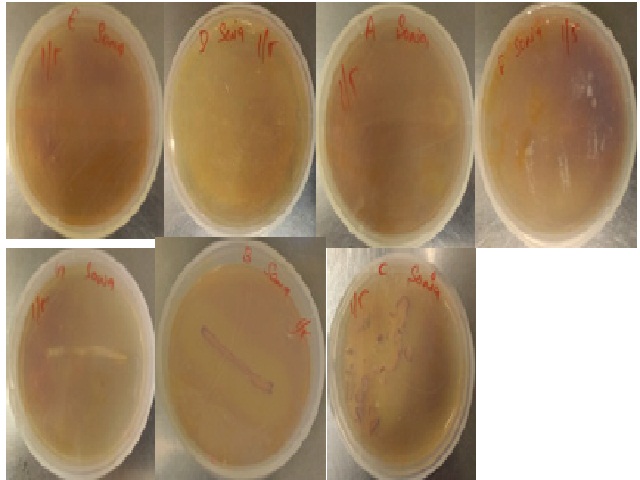Morphological and Molecular Based Identification of Pectinase Producing Staphylococcus scuiri from Tuber
DOI:
https://doi.org/10.5530/ctbp.2021.6.23Keywords:
Endophyte, Tubers, Staphylococcus sciuri, Amorphophallus paeoniifolius, PectinaseAbstract
Endophytic microorganisms (both bacteria and fungi) are excellent sources of bioactive natural products inhabit inside plants having the potential of being exploited for their beneficial properties as well as application in agriculture, health, food sectors. Further, the optimal cultivation conditions for the enhanced production of pectinolytic enzyme from bacterial strain Staphylococcus sciuri found in corm of Amorphophallus paeoniifolius was investigated. We report that the maximal pectinolytic enzyme production is in the modified PSAM medium where Staphylococcus sciuri could utilize was lactose(5gm) that replaced Pectin, Tryptone (3gm) that replaced peptone at 25oC with 10% inoculum, at pH 5. We could recover 12.61U of enzyme activity in crude cell free supernatant. Pectinase was partially purified by ammonium sulphate precipitation followed by DEAE sephadex chromatography. We could recover 66.0 units of enzyme in 30-60% Ammonium sulphate fraction 100mM DEAE sephadex.16S rRNA sequencing of isolated bacteria and Molecular Evolutionary Genetics Analysis version 5.2(MEGA5.2) was used to construct phylogenetic tree and Nucleotide Similarity and Distance calculated.



